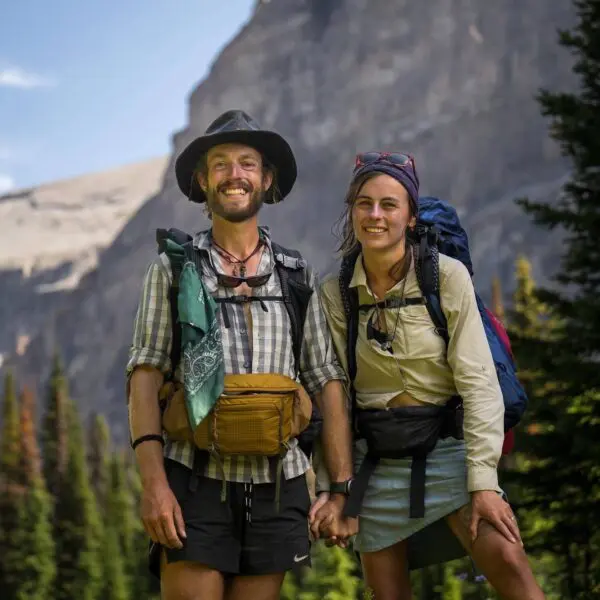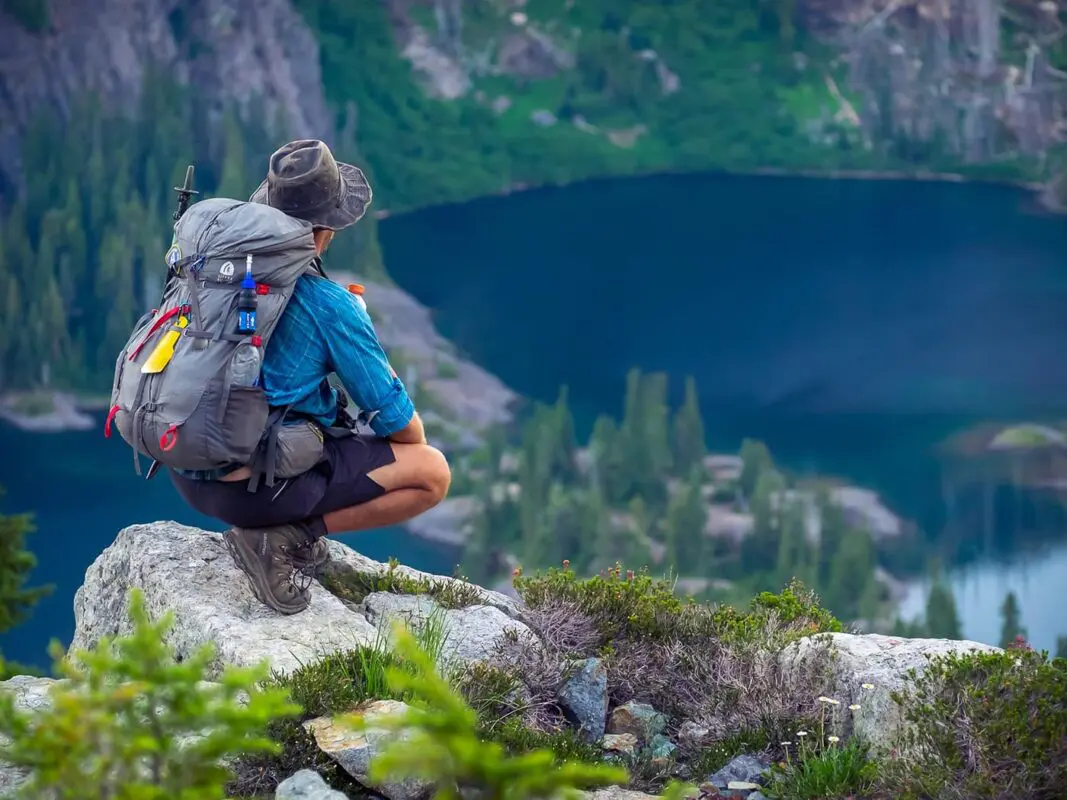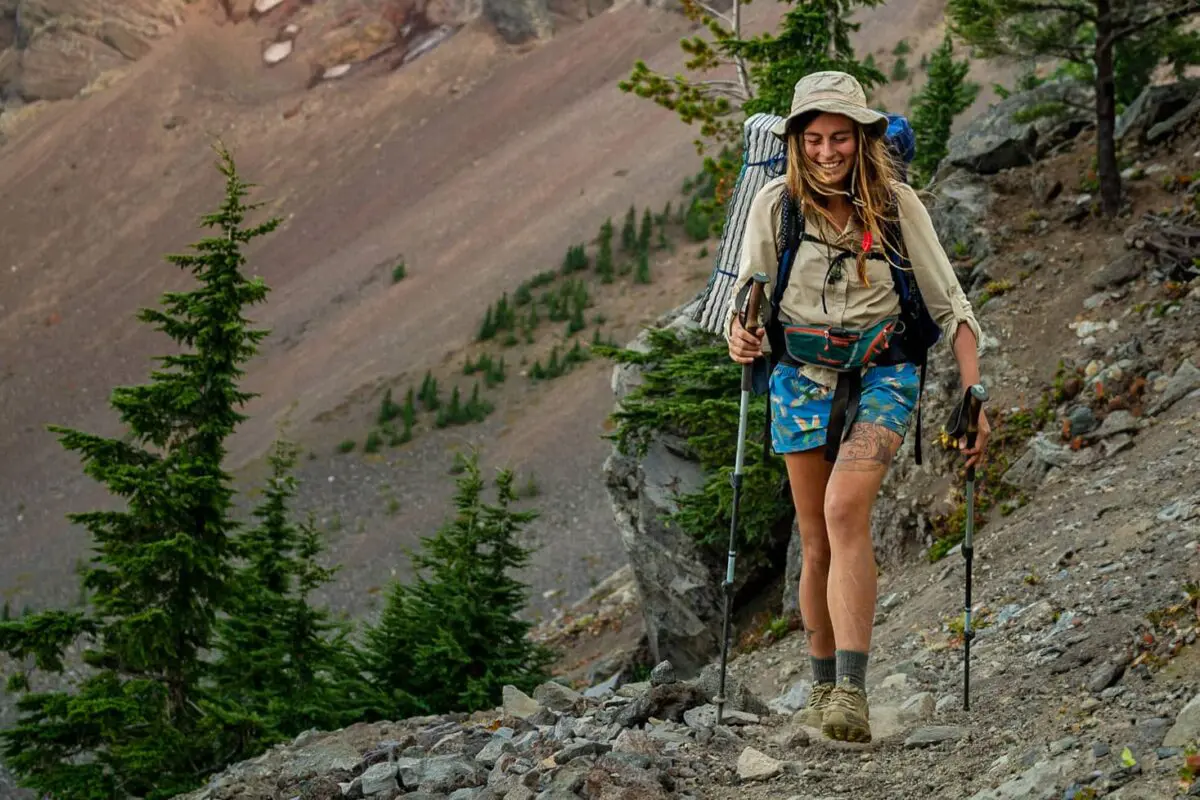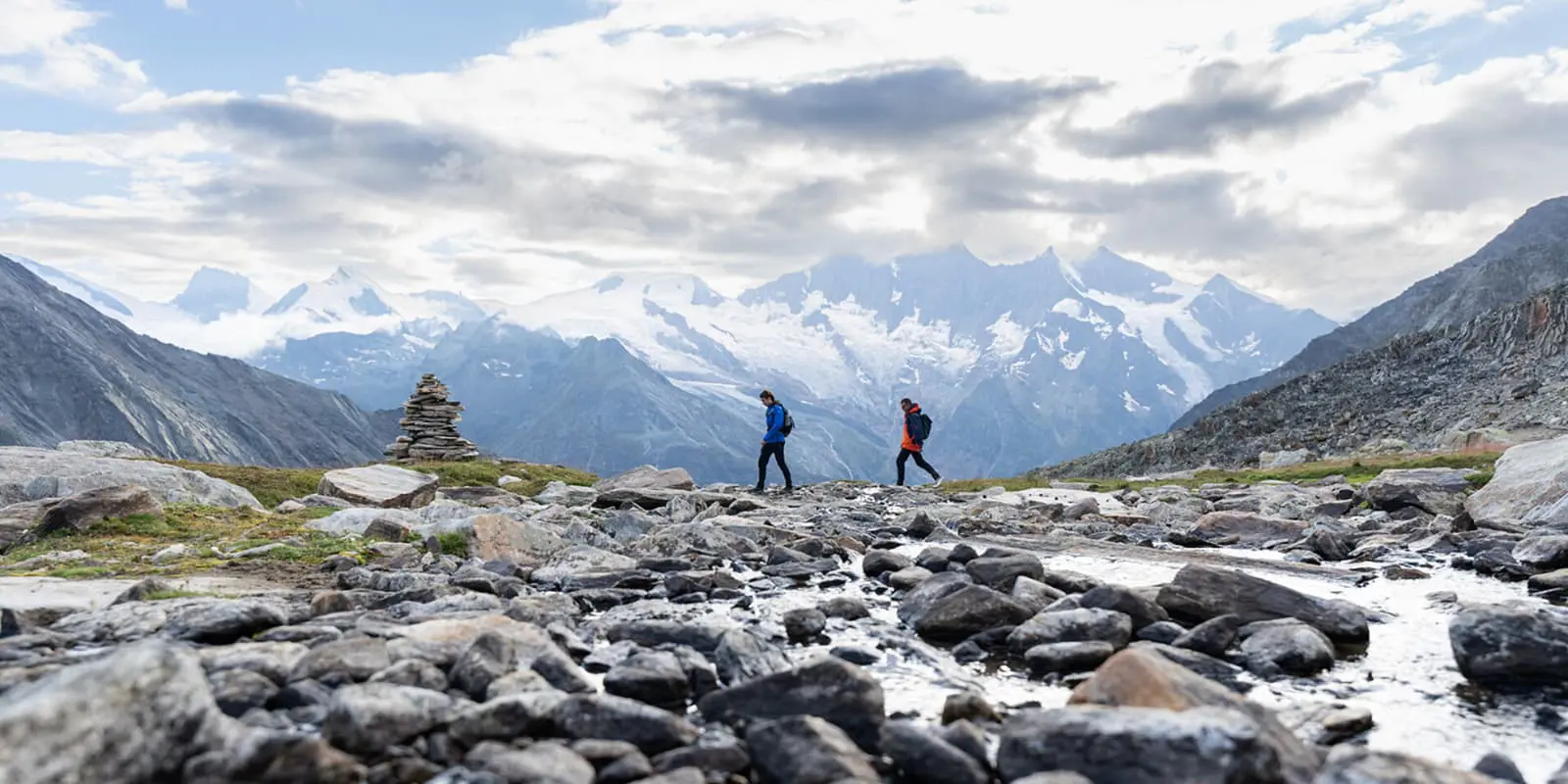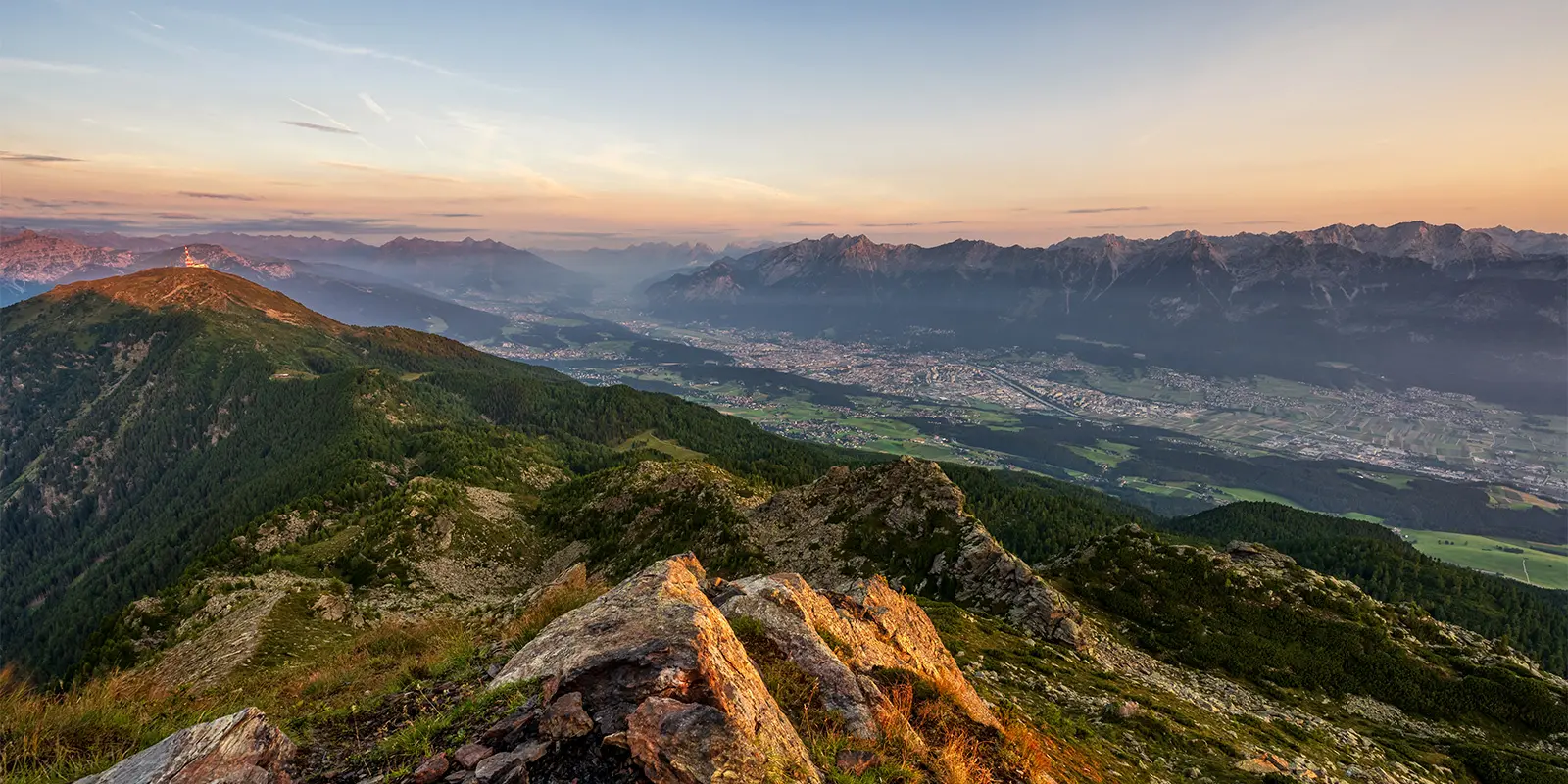Most people hike the trail south to north (NOBO or northbound) and hike from March-May until June-September. It is possible to go north to south, or SOBO, starting from the Canadian border, however, your weather window will be a bit smaller. It does offer more solace and a quieter hiking experience.
The first stage is through Southern California. This section begins at the Mexican border in Campo and extends to Kennedy Meadows, covering approximately 700 miles (1125km). This stage has arid desert terrain with temperatures that can soar above 100°F (37°C) during the day and drop significantly at night. The trail winds through the Laguna Mountains, San Jacinto Mountains, and the San Bernardino Mountains. Water sources are sparse and unreliable, which means you need to plan carefully and will often be carrying multiple days worth of water.
The next stage is from Kennedy Meadows to Tuolumne Meadows in Central California. Stretching roughly 400 miles (640km), this section takes hikers through the heart of the Sierra Nevada. Now you’ll start to climb into the high Sierras, where you’ll find alpine scenery, clear mountain lakes, and passes such as Forester Pass (13,153 ft/4000m), the highest point on the PCT. You’ll pass through Sequoia and Kings Canyon National Parks, John Muir Wilderness, and Yosemite National Park. You’ll have to hike across numerous snowfields and potentially dangerous stream crossings early in the season. Many people have had to skip this section and complete it later in the season if the snow is too heavy, so this is something to be aware of each year!
Covering about 600 miles, the next stage through Northern California extends from Yosemite’s Tuolumne Meadows to the Oregon border. The trail ranges from the volcanic landscapes of Lassen Volcanic National Park to the forests of the Marble Mountains and Trinity Alps Wilderness. The trail also passes through the Northern Sierra, the Cascade Range, and the Siskiyou Mountains. This section includes significant climbs and descents, but the weather is way more temperate and predictable compared to the high Sierras.
The Oregon stage of the PCT is approximately 450 miles (725km) and is known for its more moderate terrain, which allows for faster hiking. The trail goes along the Cascade Range, passing by several volcanic peaks, including Mount Hood and the Three Sisters. Dense forests, alpine lakes, and lava fields are common at this stage. Water sources are generally plentiful, and the trail is well-maintained. This section is also famous for the “Oregon Skyline Trail” and the lush greenery of the Willamette National Forest. Crater Lake is also a major highlight!
The final stage of the PCT runs for about 500 miles (800km) from the Bridge of the Gods on the Columbia River to the Canadian border. Washington’s segment is known for its challenging terrain, frequent elevation changes, and fluctuating weather conditions. The trail goes along the North Cascades, offering incredible vistas, alpine lakes, and jagged peaks. Key areas include Mount Rainier National Park, Goat Rocks Wilderness, and the North Cascades National Park. You may find more snowfields and potentially rough weather here even in late summer. After months of hiking, you’ll finally end the trail with a remote and beautiful stretch through the Pasayten Wilderness before reaching the northern terminus at the Canadian border.




